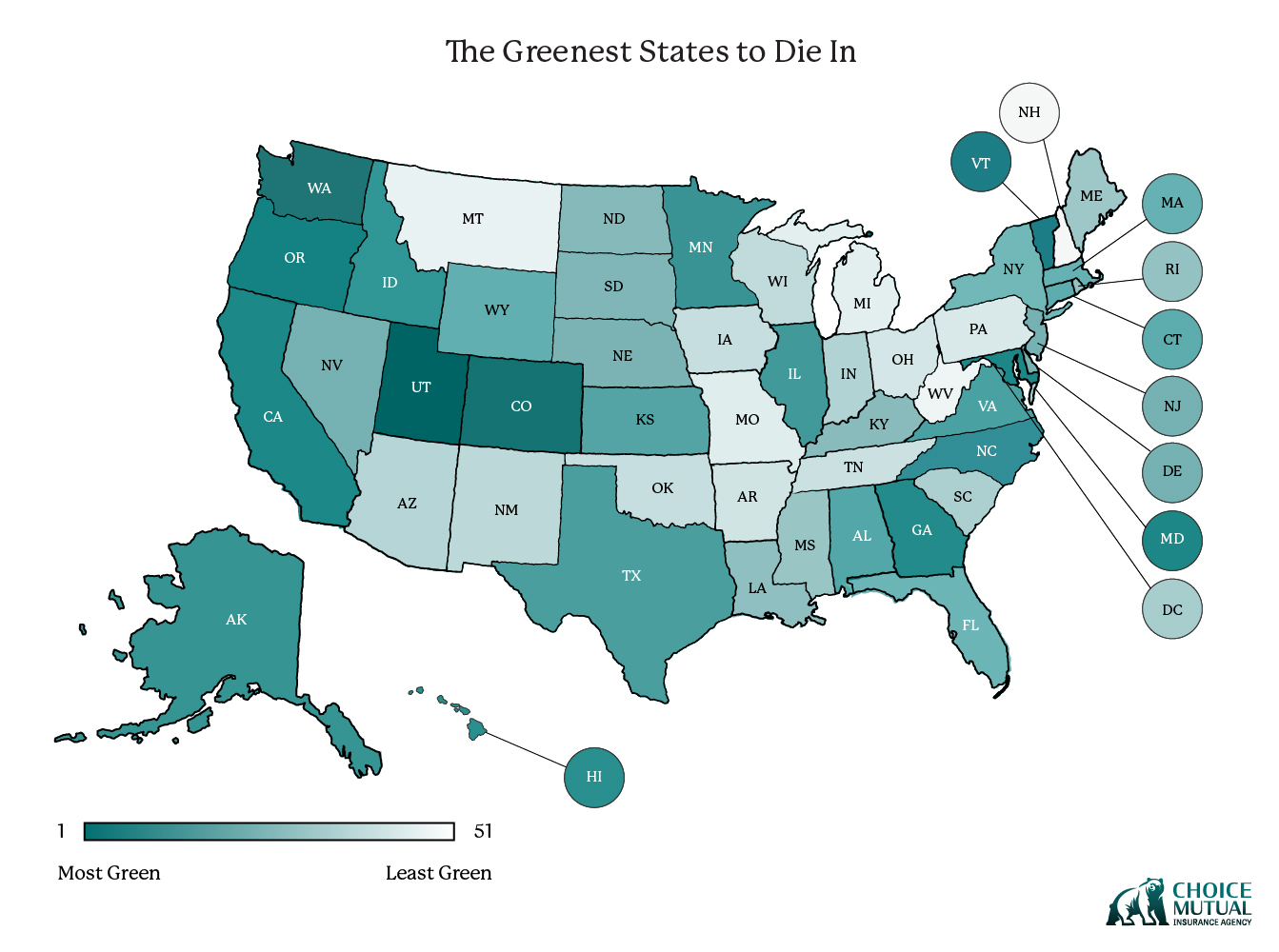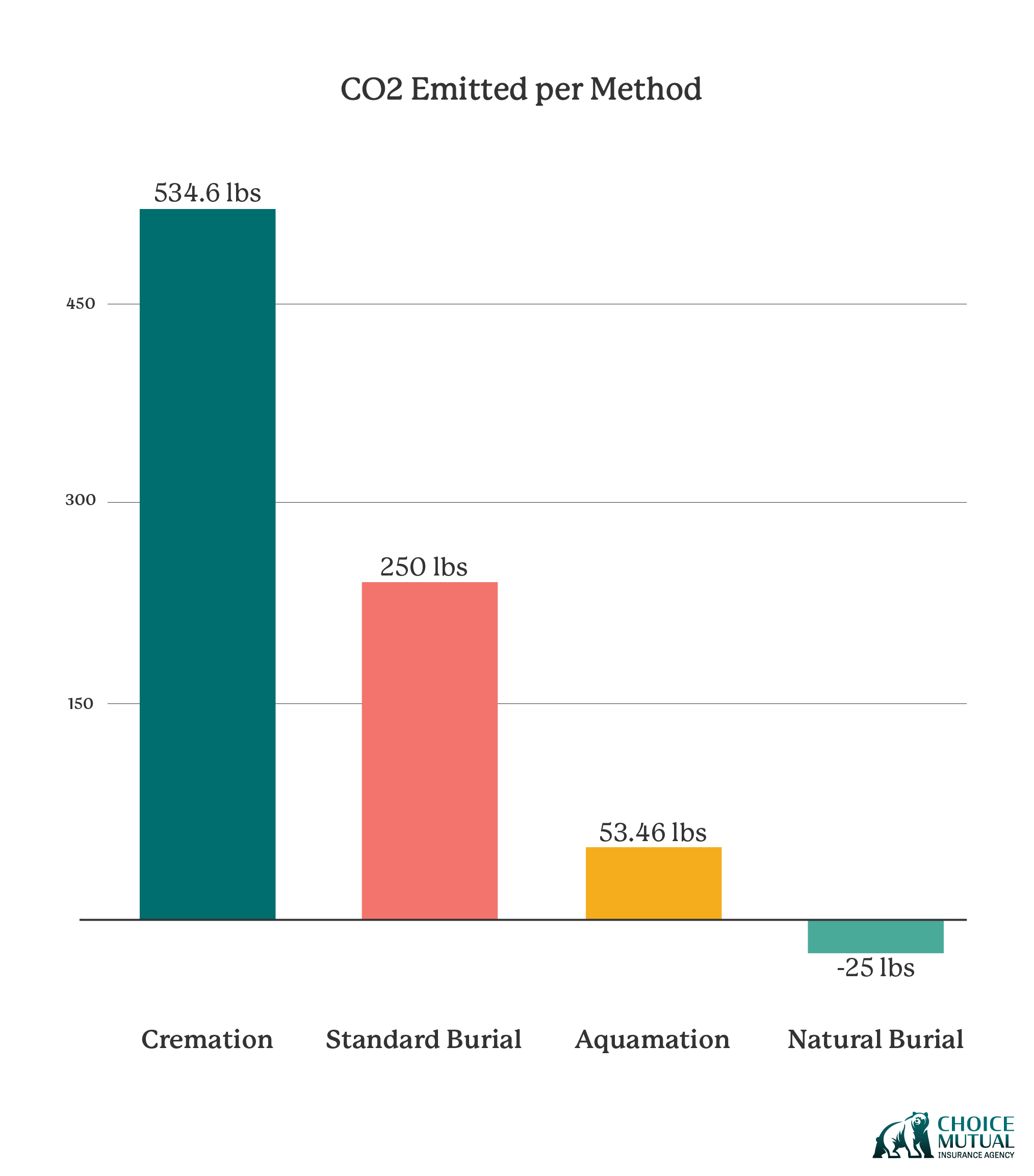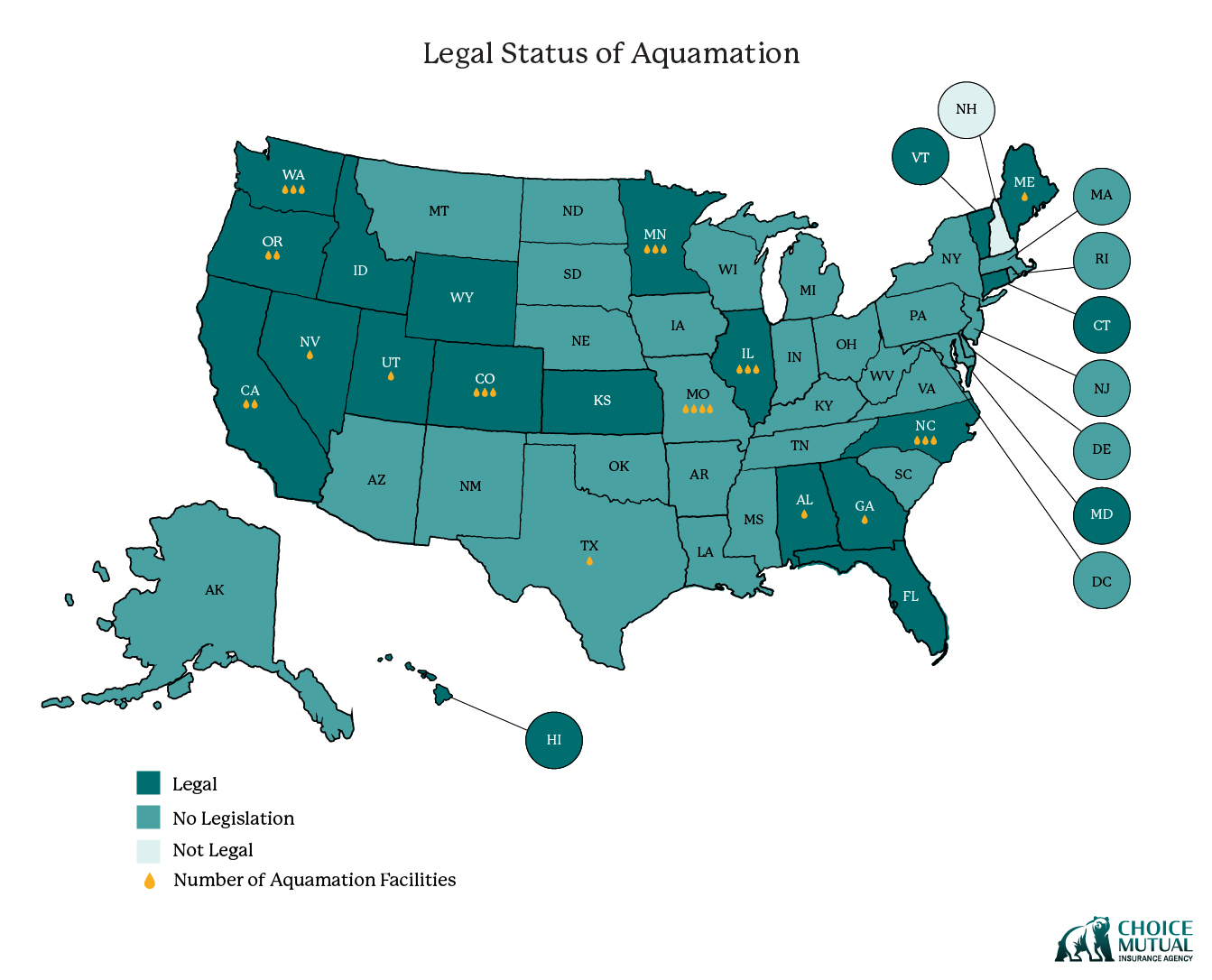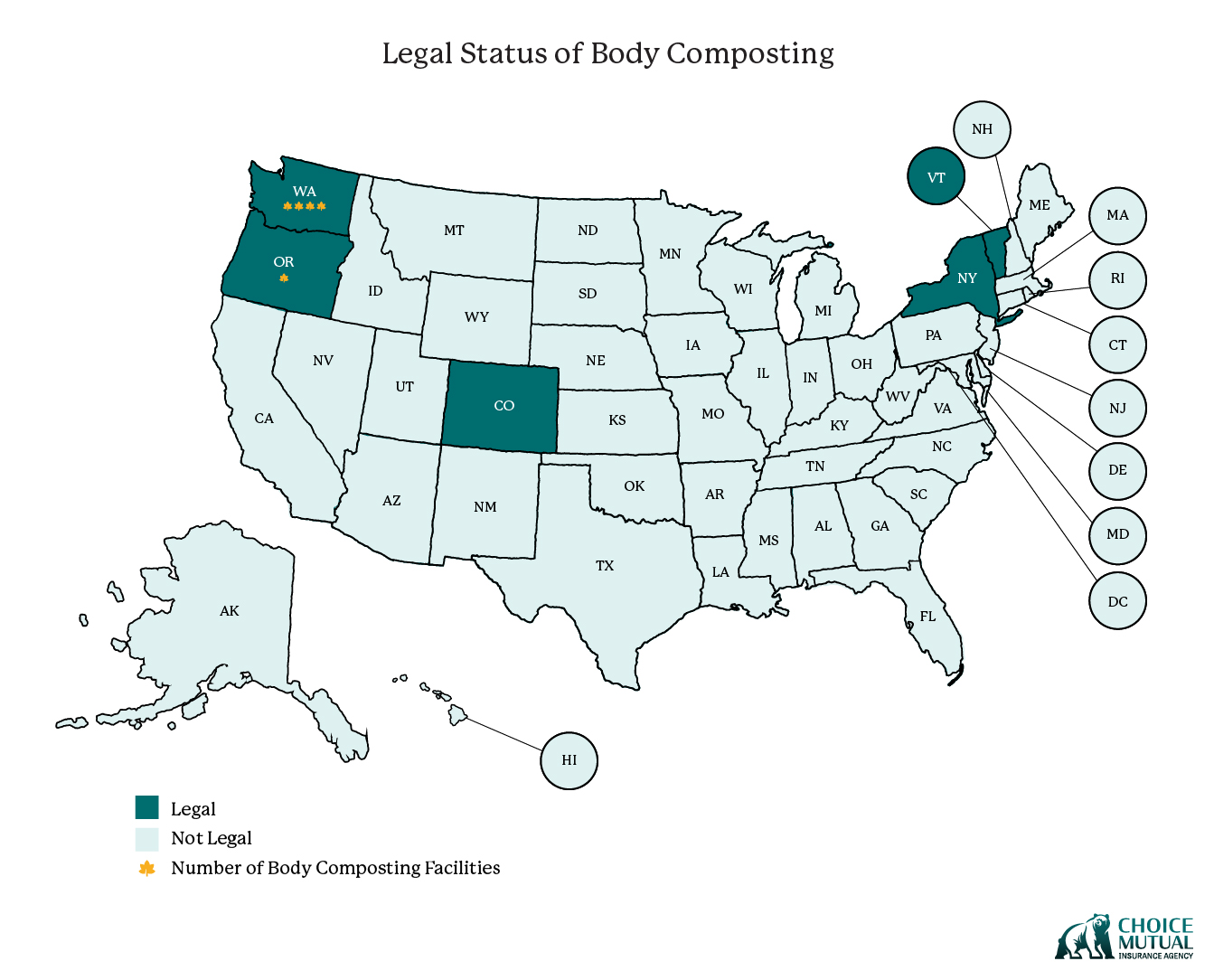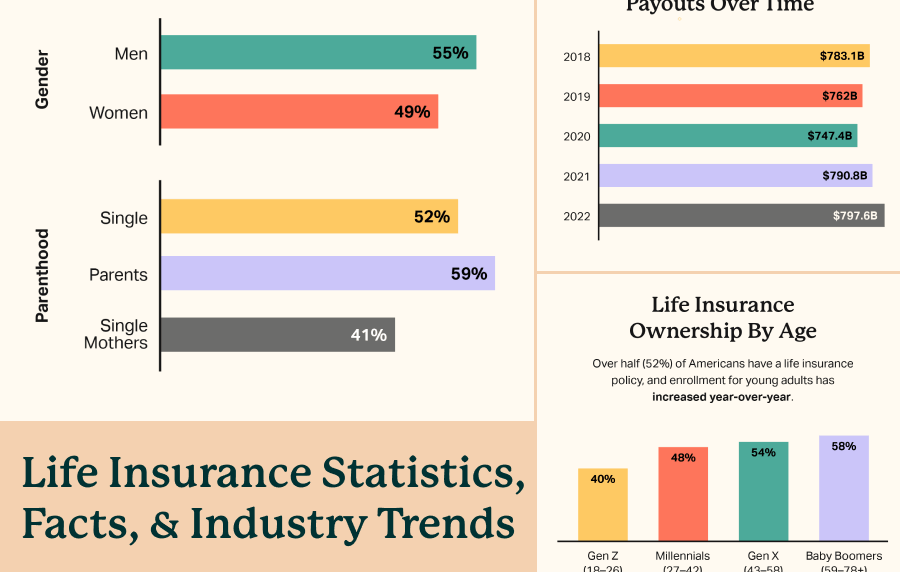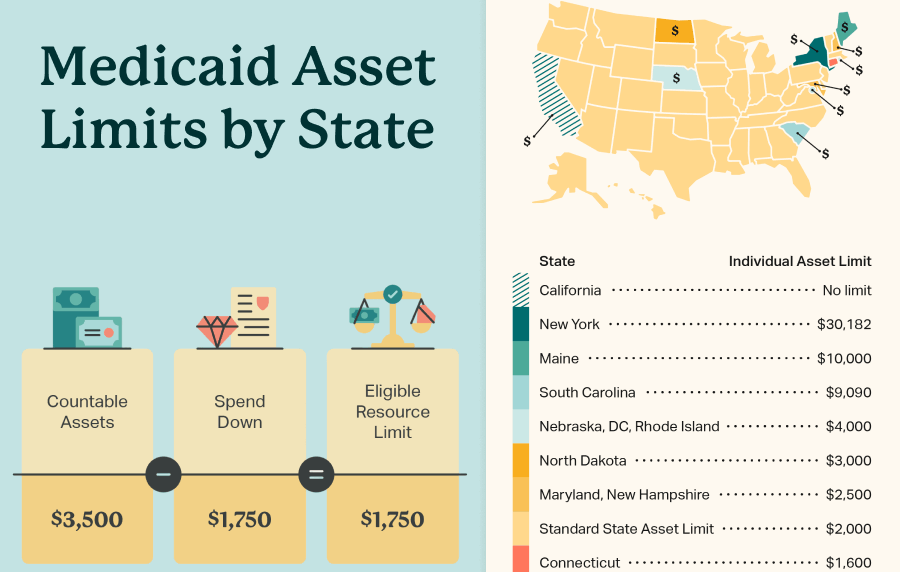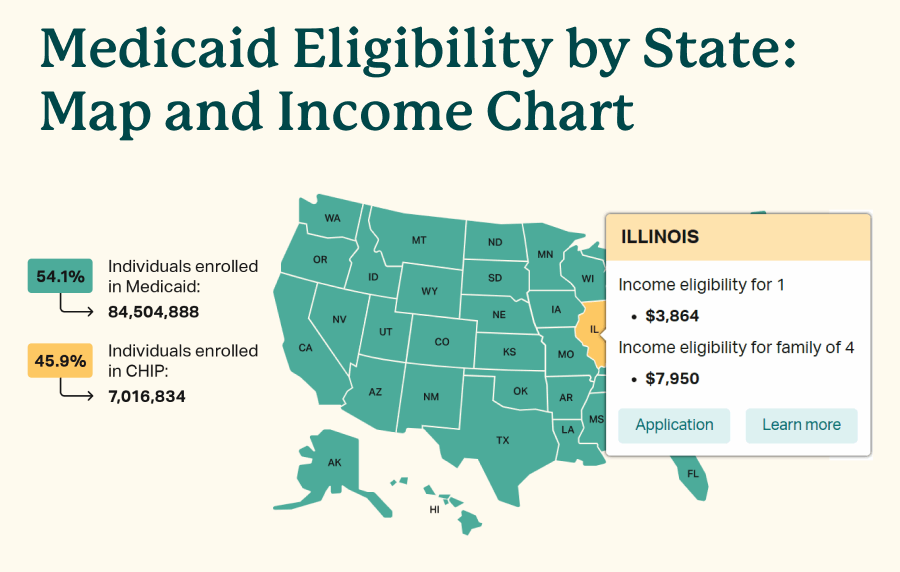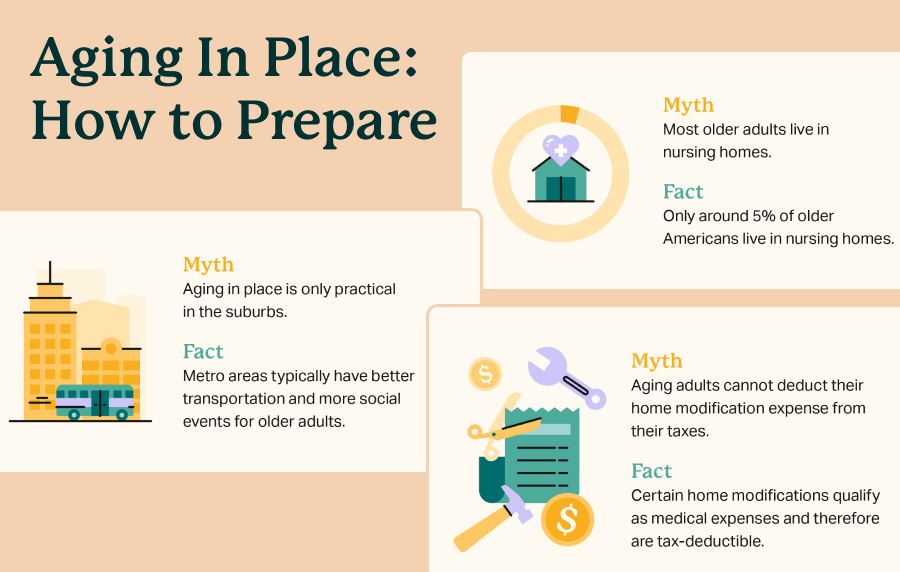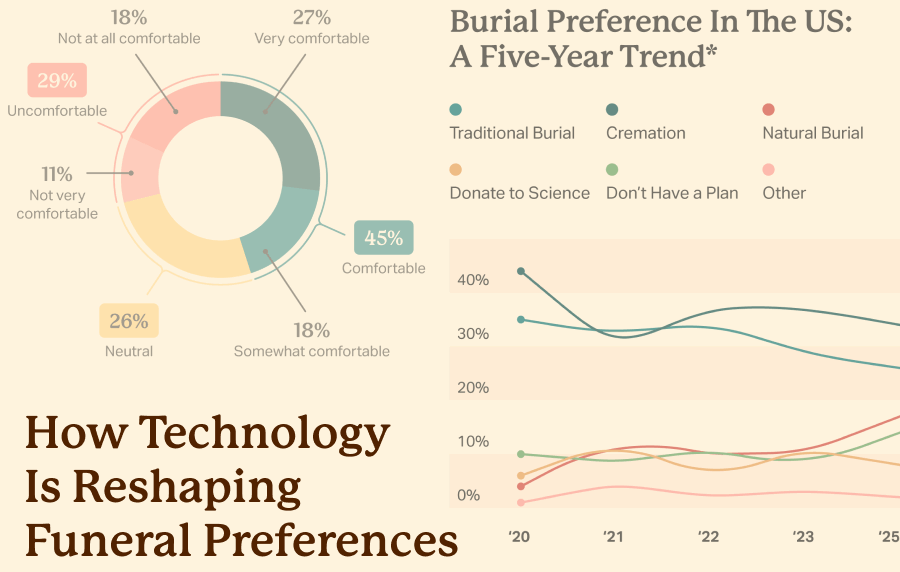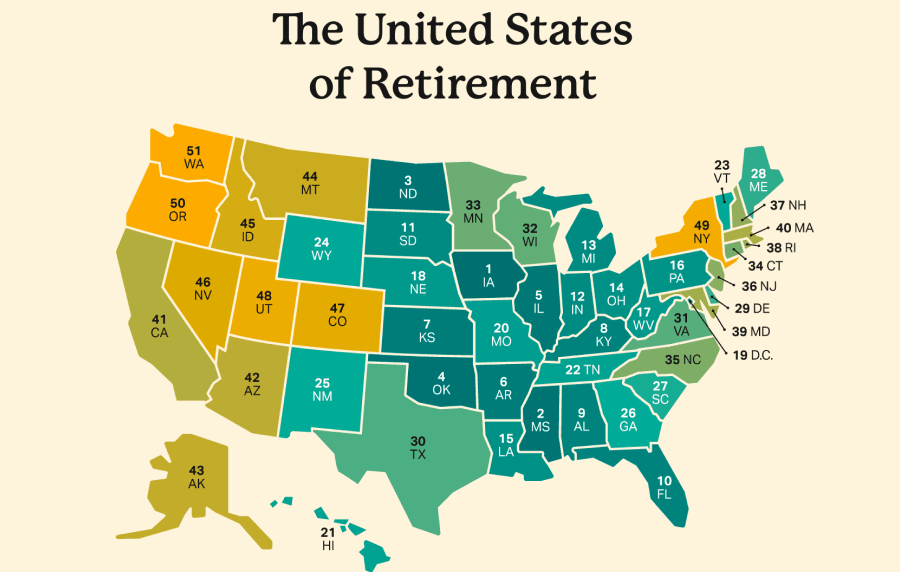There are many things to consider when thinking about what one wants to do with their body after one dies. For many, tradition plays an integral role in their choices.
For others, it is cost and convenience. Yet, for a growing number of Americans, sustainability has become a top concern.
For the past two years, we have surveyed Americans about their burial preferences and found that between 2020 and 2022, there was a 6% increase in individuals interested in a natural burial, one of several sustainable burial alternatives.
Millennial and Gen-Z respondents reported the highest awareness of this option, likely due to the “high levels of engagement with the issue of climate change” (Pew Research Center).
As the effects of climate change compound in the coming years, it is likely that the share of individuals who choose to make sustainable burial plans will only increase.
To understand the current availability of green burial services and the current environmental impact of people’s burial choices, we evaluated eight factors across these two areas to figure out which states are currently the ‘greenest’ to die in.
Main Findings
The following map shows the rankings of each U.S. State based on both the current emissions impact of people’s burial decisions as well as how accessible sustainable burial services are today in each state.
Please see the chart below the map to see how your state ranks on these factors separately.
The Greenest States to Die In
| Overall Rank | State | Emissions Impact | Sustainable Burial Services Access |
|---|---|---|---|
| 1 | Utah | 1 | 6 |
| 2 | Colorado | 9 | 3 |
| 3 | Washington | 13 | 4 |
| 4 | Vermont | 15 | 1 |
| 5 | Oregon | 29 | 2 |
| 6 | California | 5 | 15 |
| 7 | Maryland | 6 | 11 |
| 8 | Georgia | 7 | 18 |
| 9 | Hawaii | 10 | 12 |
| 10 | Idaho | 11 | 17 |
| 11 | North Carolina | 16 | 9 |
| 12 | Alaska | 2 | 45 |
| 13 | Minnesota | 18 | 7 |
| 14 | Illinois | 19 | 14 |
| 15 | Virginia | 3 | 38 |
| 16 | Texas | 4 | 43 |
| 17 | Alabama | 25 | 13 |
| 18 | Kansas | 30 | 10 |
| 19 | Connecticut | 34 | 8 |
| 20 | Wyoming | 37 | 20 |
| 21 | Massachusetts | 8 | 21 |
| 22 | Florida | 45 | 19 |
| 23 | New York | 12 | 30 |
| 24 | Nevada | 47 | 16 |
| 25 | New Jersey | 14 | 34 |
| 26 | Nebraska | 17 | 45 |
| 27 | South Dakota | 20 | 27 |
| 28 | North Dakota | 21 | 45 |
| 29 | Kentucky | 22 | 45 |
| 30 | Louisiana | 23 | 44 |
| 31 | Washington DC | 24 | 28 |
| 32 | Mississippi | 26 | 45 |
| 33 | Maine | 51 | 5 |
| 34 | Rhode Island | 27 | 22 |
| 35 | Delaware | 28 | 45 |
| 36 | South Carolina | 31 | 31 |
| 37 | Indiana | 32 | 40 |
| 38 | Arizona | 33 | 39 |
| 39 | New Mexico | 35 | 37 |
| 40 | Wisconsin | 36 | 33 |
| 41 | Oklahoma | 38 | 36 |
| 42 | Iowa | 39 | 41 |
| 43 | Tennessee | 41 | 35 |
| 44 | Arkansas | 42 | 32 |
| 45 | Ohio | 43 | 24 |
| 46 | Pennsylvania | 44 | 25 |
| 47 | Missouri | 46 | 29 |
| 48 | Michigan | 48 | 23 |
| 49 | Montana | 49 | 26 |
| 50 | West Virginia | 50 | 42 |
| 51 | New Hampshire | 40 | 51 |
Emissions Impact
The first factor we considered was the current per capita emissions of people’s burial decisions (see methodology).
Cremation and standard burial currently account for over 90% of people’s burial decisions, and those decisions have an impact on a state’s overall CO2 emissions.
The following graphic compares the CO2 emitted per cremation and standard burial, along with a comparison with the leading sustainable alternatives.
Emissions data for cremation and aquamation were obtained from National Geographic. Emissions data for standard burial and natural burial data were obtained from the Green Burial Council.
Like natural burial, body composting sequesters carbon dioxide rather than emitting it. However, body composting was omitted from the graph above as we were unable to find a reliable statistic on its estimated carbon footprint.
The current carbon footprint of a state’s burial decisions is an important aspect of examining how “green” a state is. However, the availability and accessibility of alternative, sustainable options are also vital in evaluating how “green” a state is.
Current Accessibility Of Sustainable Alternatives
Right now, there are several sustainable burial alternatives that are growing in popularity. However, not all these options are legal, and even in states where they are legal, facilities offering the services may not yet exist or be accessible to everyone in each state.
Here’s a look at the most popular options and their status across the country.
Aquamation
Aquamation is slowly growing in popularity as an alternative to flame cremation. The process officially called alkaline hydrolysis, is also commonly referred to as flameless cremation, bio-cremation, green cremation, or water cremation.
Up until this point, aquamation has primarily been used to dispose of animal remains and is not widely legal for human use.
However, due to its lower environmental impact (about 10% of the emissions of flame cremation), some states have begun legalizing the process for human remains.
The majority of states where aquamation is legal have only legalized it within the past decade.
Here is the current status of aquamation legality across the nation:
Since many states have only legalized the process in the past few years, some states that have legalized it still have no aquamation facilities available to provide the service.
Our 2022 burial preferences report indicated that only 36% of respondents knew what aquamation was. However, there is a significant generational gap: 48% of respondents ages 25–34 reportedly knew what aquamation was compared to only 14% of respondents ages 54+.
As awareness of sustainable burial options likely increases with subsequent generations, and more and more states legalize the process, it is likely that the availability of aquamation facilities will increase in the coming years.
Body Composting
Body composting, also known as natural organic reduction, is a process of body decomposition that generates usable, nutrient-dense soil.
Body composting is a more recent phenomenon than aquamation, with Washington state being the first to legalize the process in 2019.
Here is the current status of body composting legality across the nation:
Similar to aquamation, the process of body composting has the highest awareness and consideration by younger generations.
While the availability of body composting is currently limited in the United States, it is likely to grow as nearly 50% of Americans responded that they would consider body composting as their burial plan.
Natural Burial
Natural burial is the most widely understood and accessible sustainable burial option, as it is legal in every US state.
Instead of being embalmed and put into a casket that is placed in a concrete burial vault, the body is placed directly into the ground, where it can naturally decompose.
Bodies are either wrapped in a simple cotton shroud or a bio-degradable casket, such as a wicker or natural wooden casket.
According to a survey done by the National Funeral Directors Association, 72% of cemeteries are reporting an increased demand for natural burial.
With younger generations more aware of the natural burial option, it seems likely that this trend will continue.
Natural Burial Grounds
While natural burial is legal in every state, not all cemeteries can accommodate a natural burial, as there are many local and state regulations relating to how bodies are interred. As mentioned in the previous section, 72% of cemeteries are reporting an increased demand for natural burial plots, so this may drive more states and municipalities to accommodate this growing demand.
There are three types of cemeteries that can accommodate natural burial:
- Natural burial cemeteries: Where the entire cemetery is devoted to natural burial.
- Conservation cemeteries: Where bodies are interred in a site that is actively seeking to restore and conserve the local environment.
- Hybrid cemeteries: Traditional cemeteries with designated areas for natural burials.
To find the availability of these sites by state, we used the most comprehensive database put out by the New Hampshire Funeral Resources & Education website.
Green Burial Council Certified Funeral Homes
For most people, funeral homes are an important resource for planning and arranging a funeral. Most people turn to local funeral homes, many of which might not offer or advertise sustainable burial alternatives.
The Green Burial Council (GBC), the leading nonprofit organization advocating and educating people on sustainable burial practices, compiled a list of providers on their site that meet their certifications for green burials. This list was used in our state-by-state assessment of funeral home providers offering green services (see methodology).
According to Gretchen Spletzer of GBC, to become GBC certified, a funeral home must meet seven main standards, which mainly surround how prominently a funeral home features green burial services. Three of these standards relate to the funeral home’s website.
A funeral home must present natural burial the same way it might present more conventional options, such as standard burial or cremation. Natural burial options and pricing cannot be hard to find on the site, and burial products, such as shrouds and caskets, must be available for purchase.
It is important to note that the GBC-certified funeral homes do not necessarily include all funeral homes that might offer sustainable burial alternatives.
However, it might be more difficult to find natural burial options, and you might not be able to access all the products and services you need. Just because your funeral home isn’t on this list, natural burial may be available – be sure to check with each home you consider to verify. The cost of green burials is typically much less than a traditional burial service.
Additional Resources
As awareness and support of more sustainable burial practices grow in the coming years, it is important that you plan ahead to ensure your burial preferences can be met.
If a sustainable burial option is available in your state, ensure your wishes are met by creating a will or living trust.
Methodology
To create our state ranking, we looked at multiple factors relating to existing burial practices and the availability of sustainable alternatives. These factors were assigned the following weights:
Emissions Impact (25 total):
- Per capita emissions from cremation – 12.5
- Per capita emissions from traditional burial – 12.5
Sustainable Burial Services Access (75 total):
- If aquamation was legal or not – 12.5
- Aquamation facilities per capita (of those 65+) – 12.5
- If body composting was legal or not -12.5
- Body composting facilities per capita (of those 65+) – 12.5
- Green Burial Council certified funeral homes per capita (of those 65+) – 12.5
- Green cemeteries per capita (of those 65+) – 12.5
Data used to calculate per capita emissions were found in the 2021 NFDA Cremation & Burial Report as well as the CANA Annual Statistics Report. All per capita calculations were done using 2020 U.S. Census data.
While the interest in sustainable alternatives tends to be concentrated amongst younger generations, we chose to evaluate the accessibility of sustainable burial options by the 65+ per capita rather than the general population, as the 65+ population are more likely to be currently involved in end-of-life planning.
We wanted this report to reflect the current state of sustainable burial options, and the 65+ population is currently making these decisions.
Hopefully, as more states legalize aquamation, body composting, and make green burial grounds more plentiful, the number of options will increase to accommodate the younger generations, who will be more likely to desire sustainable burials.
- Nationally licensed life insurance agent with over 15 years of experience
- Personal annual production that puts him in the top .001% out of all life insurance agents in the nation.
Anthony Martin is a nationally licensed insurance expert with over 15 years of experience and has personally served over 10,000 clients with their life insurance needs. He frequently authors entrepreneurial and life insurance content for Forbes, Inc.com, Newsweek, Kiplinger, and Entreprenuer.com. Anthony has been consulted as an expert life insurance source for dozens of high-profile websites such as Forbes, Bankrate, Reuters, Fox Business, CNBC, Investopedia, Insurance.com, Yahoo Finance, and many more.
Choice Mutual often cites third-party websites to provide context and verification for specific claims made in our work. We only link to authoritative websites that provide accurate information. You can learn more about our editorial standards, which guide our mission of delivering factual and impartial content.
-
Pew Research Center. https://www.pewresearch.org/science/2021/05/26/gen-z-millennials-stand-out-for-climate-change-activism-social-media-engagement-with-issue/
-
Emissions data for cremation and aquamation. https://www.nationalgeographic.com/science/article/is-cremation-environmentally-friendly-heres-the-science
-
Green Burial Council. https://www.greenburialcouncil.org/
-
about 10% of the emissions of flame cremation. https://www.nationalgeographic.com/science/article/is-cremation-environmentally-friendly-heres-the-science
-
aquamation legality across the nation. https://www.us-funerals.com/where-is-aquamation-legal-which-states-have-legalized-aquamation-or-bio-cremation/#.ZAZNS-zML0p
-
with Washington state being the first to legalize the process in 2019. https://www.seattletimes.com/seattle-news/washington-becomes-first-state-to-legalize-human-composting/
-
According to a survey. http://www.nfda.org/news/media-center/nfda-news-releases/id/2419
-
there are many local and state regulations relating to how bodies are interred. https://www.pewtrusts.org/en/research-and-analysis/blogs/stateline/2019/11/20/more-people-want-a-green-burial-but-cemetery-law-hasnt-caught-up
-
New Hampshire Funeral Resources & Education website. https://www.nhfuneral.org/green-burial-cemeteries-in-the-us-and-canada.html
-
Green Burial Council. https://www.greenburialcouncil.org/
-
Gretchen Spletzer of GBC. https://www.greenburialcouncil.org/staff.html
-
Aquamation facilities. https://www.us-funerals.com/where-is-aquamation-legal-which-states-have-legalized-aquamation-or-bio-cremation/#.ZAZNS-zML0p
-
Green Burial Council certified funeral homes. https://www.greenburialcouncil.org/
-
Green cemeteries. https://www.nhfuneral.org/green-burial-cemeteries-in-the-us-and-canada.html
-
2021 NFDA Cremation & Burial Report. https://dailymontanan.com/wp-content/uploads/2021/09/2021-nfda-cremation-and-burial-report.pdf
-
CANA Annual Statistics Report. https://www.cremationassociation.org/page/IndustryStatistics
-
2020 U.S. Census. https://data.census.gov/cedsci/table?q=population&g=0500000US11001&tid=ACSDP1Y2021.DP05

